Affordability is our focus for this plan
Costs have gone through the roof in recent years. Every household will have seen this in their groceries, insurance, electricity, fuel etc. And local government is affected by these same cost pressures – along with some even bigger increases in things like contract costs for maintaining roads and water pipes and plants, the cost of chemicals for water treatment, transportation etc. A lot of these costs cannot be entirely avoided, but we can aim to minimise them as much as possible.
So in the short term, we’re going to focus on affordability – aiming to keep costs as low as we can for the community.
We’re prioritising:

Looking after what we’ve got: Continuing with our maintenance and renewals programmes to ensure our assets remain in average to good condition.
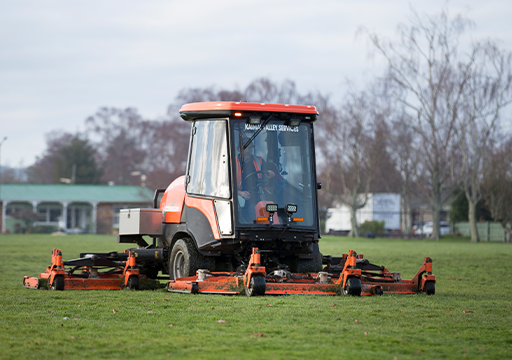
Delivering the same services, to largely the same standard: In the current economic environment we don’t want to spend more money on extending Council services – so we’re focussing on maintaining our existing assets and delivering our existing services, largely to the same standard. There are some exceptions (like where regulations now require a higher standard, or where reducing our costs might impact service over time).
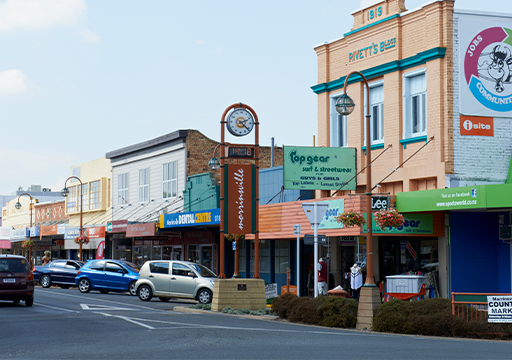
Smoothing out costs where we can: There are a range of different ways that we can fund/budget for projects, and these will each impact rates differently. Where it makes sense and is still financially responsible, we’ll be smoothing those costs out over time. An example is the biosolids (sludge) that have accumulated at the Morrinsville and Te Aroha wastewater treatment plants. This material presents an environmental risk and we have known for some time that it must be addressed. It’s expensive to remove (we estimate $8.5 million), but once gone will give us increased capacity in our ponds for a very long time. For that reason our draft budgets plan for getting the work done over the next five years, but spreading the cost to ratepayers over 15 years.

Focusing on the projects we must do: There are over 196 potential projects in our work programme – and every one of them would benefit this community. But the reality is that it’s not possible or affordable to do them all. We have to choose. We’ve categorised those projects into:
Things we MUST do - e.g. complying with our wastewater resource consents, or meeting seismic standards for public buildings;
Things we SHOULD do - e.g. upgrades to stormwater systems, or improving walking and cycling connections; and
Things we COULD do – e.g. a walkway from Waharoa to Matamata, a stage in the Matamata Civic Centre, or extending the cycleway.
We’re focussing on the projects we MUST do and a small number of the SHOULD do projects, where we think they have a critical long term benefit. We’re also removing a number of SHOULD do or COULD do projects from our work programme to help minimise the costs. You can read more about all these projects throughout the rest of the document.
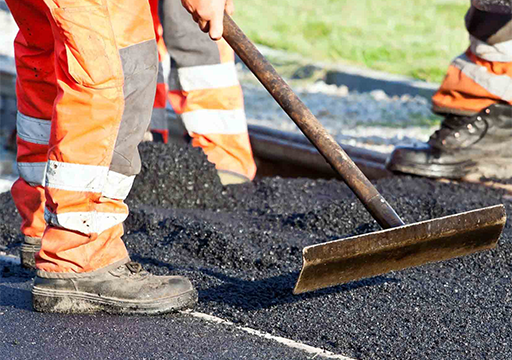
Changing how we manage our roading budget: If the costs continue to increase at the current rate, it would cost us about $8.5 million to do the road renewals that we currently do for $7 million. While we could increase the budget (i.e. the work needs doing), we are unsure whether Waka Kotahi/NZ Transport Agency would match the funding – so there is a risk that the entire cost could fall on ratepayers. Our external reports also show that our roads are maintained to a good condition. So we’re reducing part of our road renewal programme to minimise the cost increase. The community won’t see a noticeable difference straight away, and we’re aiming to prioritise the renewals to try and keep our roads to the same standard (above the minimum standard) – but this may impact the quality of our roads over time e.g. more ruts or potholes.
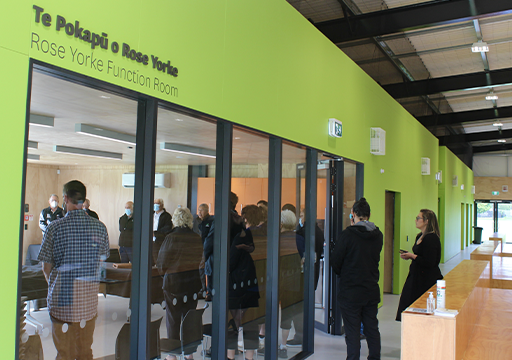
Changing how we fund the future replacement of some of our assets: We have over $821 million worth of infrastructure assets. As part of managing those assets now and for future generations, we collect money over time to replace them at the end of their life. How much we collect is based on how much it would cost to replace those assets (their valuation). For our stormwater network, that would mean collecting $12.1 million over the next ten years. Except, we only have $4.6 million worth of stormwater capital work planned in that period (a lot less than $12.1 million). So we are collecting funding for stormwater based on the value of the planned work, rather than the value of the assets. Even looking 30 years ahead, we believe the funding at this level should still collect enough to fund future replacements.
The renewal or replacement of roading assets is jointly funded by Council and Waka Kotahi. Council expects to continue to receive this subsidy (averaging $3.2 million per year) to cover the funding of almost half of the asset replacements for roading. Without the subsidy, the asset replacements would need to be funded from rates.
There are risks in this approach (e.g. not collecting enough funding at the right time) and these are outlined further in the “Unbalanced budget” section. We would regularly monitor and review these as part of our annual budget review process.
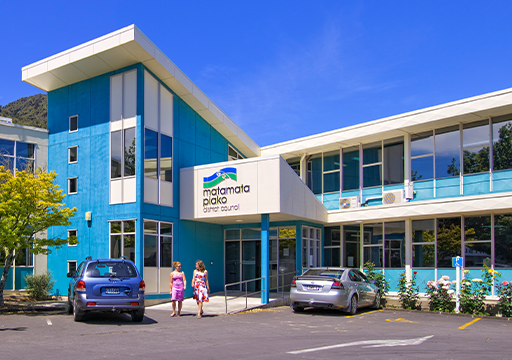
Increasing our fees and charges: While rates are our main source of income, we also receive around 16% of our revenue from fees and charges (such as pool entry fees, or building consent costs). As the costs to deliver our services have increased, we’re increasing a number of the fees and charges to remain at 16% of our revenue. There are a number of fee increases, particularly for community venues, pools and spas, cemeteries, building control and animal control fees. While increasing the fees for our services and at our sites is never popular, if we don’t increase the fees to cover the income needed, we’d have to increase rates by even more.

Our towns are growing, and are forecast to continue to grow, mostly in urban areas. This growth is great for building thriving communities and it increases the number of ratepayers to split the total rates bill across, but that growth also requires extensions to our infrastructure – like roads, pipes etc. We look to recover the cost of these extensions to our infrastructure from the developers who create this demand, through charging development contributions (DCs). The assets that the DCs fund will cater for growth over a long period of time, so the costs of the growth related expenditure are recovered over 25 years, ensuring that each generation of development ‘pays its own way’.
One of the key challenges in this space is ensuring that we are investing in the infrastructure at the right time – not burdening our ratepayers with the costs too early, and not leaving it too long, resulting in a poor service. With affordability top of mind in this plan, we’ve had to pick our projects carefully. We’re giving top priority to the projects we MUST do (compliance projects), followed by the growth-related projects. We have spread these out or staged projects where we can to keep costs as low as possible.
The budget includes $51.5 million for growth related projects over the next 10 years. 38% of the cost of these projects is budgeted to be recovered from DCs over this same 10 year period, with 100% recovered over a 25 year period.
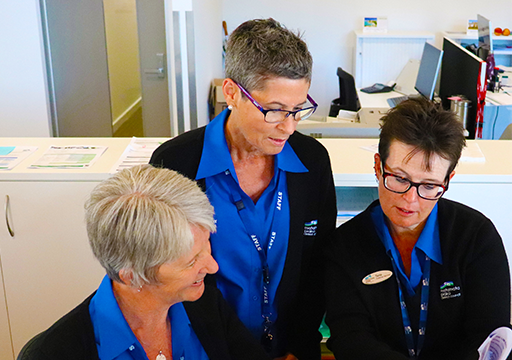
Complying with changing regulations from central government
There have been a number of regulatory changes from both central and regional government in recent years – such as changes to the Drinking Water Standards, the RMA, and the introduction of a water regulator (Taumata Arowai). Most of these changes require significant upgrades to our assets or service levels, which come at a significant cost to ratepayers. This can be challenging because for communities, it often looks like exactly the same service (water coming out of the tap, or wastewater being taken away), but it’s costing much more to deliver.
For example - in the past we have generally spent around $15 million per year on our water, wastewater and stormwater assets. In comparison, this plan includes $37 million of must do’s in year one, $36 million in year two, then $23 million in year three. These are significant increases for projects that we MUST do to comply with the new regulations. For urban ratepayers with water, wastewater and stormwater rates - this will have a big impact. An example of this in action is the new discharge consents and new water treatment plants required to meet the latest legislation.
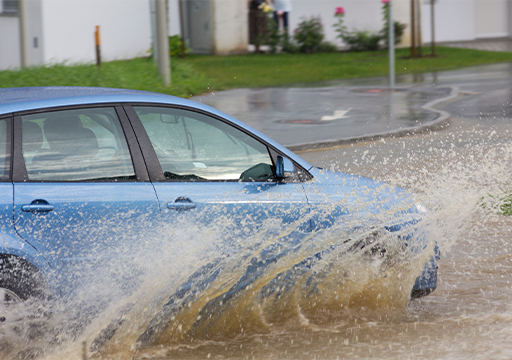
Responding to our changing climate
Aotearoa New Zealand is already experiencing the effects of a changing climate, and those impacts are expected to increase over time. Over the next 10 years we will undertake a programme of work that will help us to improve the resilience of our assets and services and safeguard our community from the potential impacts of climate change.
The challenge:
• Climate change impacts are projected to increase over time
• We have a key role in looking after the wellbeing of our community
• Council manages many assets that are vulnerable to a changing climate
• There are increasing obligations on Council to respond
• The costs are high
Our response
In response to these challenges we’re proposing to focus on the following areas:
• Growing our climate change knowledge
• Protecting our waterways
• Increasing drinking water sustainability
• Reducing our waste
• Developing a climate change strategy
The budget includes $10.9 million for projects that we think are important in responding to a changing climate. You can read more about our approach to climate change in part one of our draft Long Term Plan at MPDC LTP
Capital Programme Delivery
We are planning for the projects we MUST do to comply with government regulations – but there is a risk that we might not be able to deliver on that plan. The estimated cost over the 10-year period amounts to $350 million and we may not be able to deliver 10-25% ($35 million to $88 million) of the proposed programme.
Most of these projects are in the three waters space (water, wastewater or stormwater), having to invest significant funds in upgrading these assets to meet tougher requirements. It is unlikely that the infrastructure industry will be able to meet the demand from local government in the coming years.
We will do what we can to plan ahead and deliver on our projects as planned in order to comply with the regulations.
Should we not deliver on our capital programme our expectation is that:
Council will need to extend the capital programme beyond the ten-year timeframe and projects costs will probably increase
Borrowing could be less over the ten-year period
We will reprioritise our programme to respond to any asset failures
Our levels of service may be affected
The level of improvement or additional resilience we are seeking will probably not be achieved
